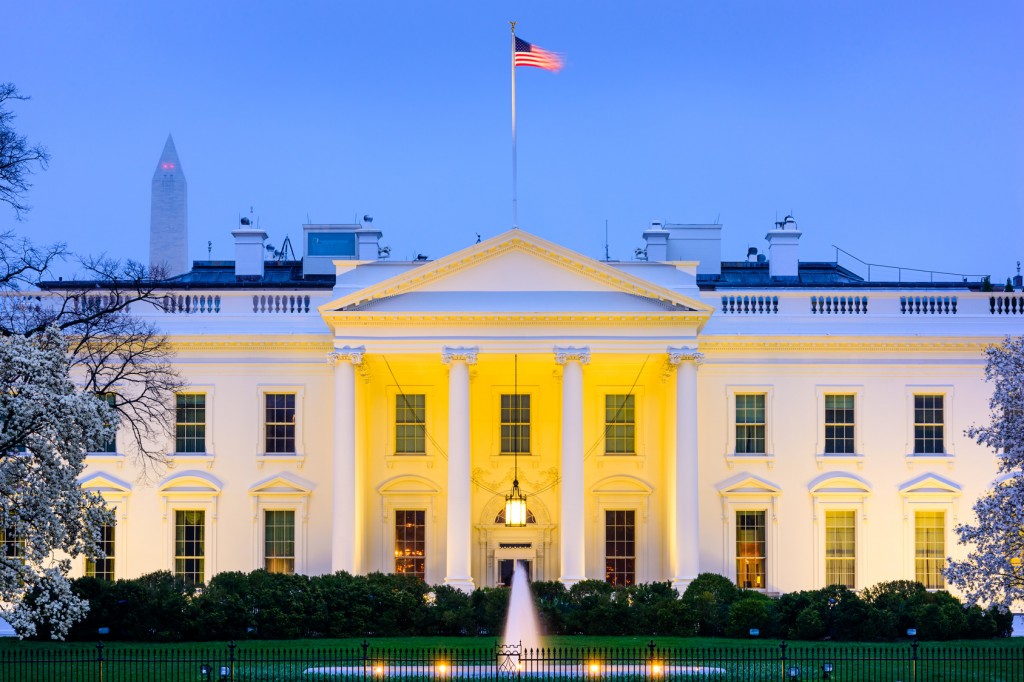A decade ago, the U.S. economy was in a bad place.
Still reeling from the financial crisis, 2009 saw ultra-low interest rates and the expectation that years of recovery would call for rates beyond 4% by 2020.
That hasn’t happened, even though the economy is still in the middle of the longest economic expansion on record. Interest rates remain historically low, without triggering the inflation that has historically followed low rates.
Economists are confounded. How could a decade of expansion not lead to higher interest rates? What’s different this time?
“Economists have been casting around for the answer, a theory to explain their inability to peer accurately in the months ahead, let alone the years. Such a theory must do more than say ‘The Federal Reserve did it.’ It must explain why growth was the most subdued of any expansion since the 1940s and inflation consistently ran below the Fed’s 2% target, the reasons the Fed kept rates so low.
“And, no less difficult, it would have to explain why, in spite of that subdued growth, the U.S. has enjoyed its longest economic expansion on record, one marked by a record-breaking bull market in stocks and unemployment falling to a 50-year low.
“One explanation is the “debt hangover” theory popularized by Carmen Reinhart and Kenneth Rogoff, whose history of financial crises, “This Time Is Different: Eight Centuries of Financial Folly,” was a sleeper hit in 2009. They found that in the wake of financial crises, households, banks, businesses and sometimes governments are fixated on paying down debts and wary that another crisis is around the corner, so they avoid borrowing and investing. This holds down growth, inflation and interest rates.
“The U.S. initially tracked this model. It had barely exited its own crisis when another erupted in the eurozone, pushing Greece into default and others to the brink of it. But as those crises faded from view, low growth, inflation and rates persisted.”
The explanation for 10 years of growth is simple: innovation.
Recessions are more often caused by over-investment in capital goods (factories). A larger share of U.S. GDP is now service-oriented, thus less connected to physical plant for GDP growth.
The “digitization” of the economy means that productivity is gained by Bits not Atoms.
By all estimates, Total Factor Productivity (the real productivity level, including soft and hard factors) has grown dramatically since 2000, even though productivity is relatively flat over the past period. IMHO, TFP and GDP measurement error explain the failure in recession predictions.
“Digitization” is an application of data science to improve services (i.e. MRI data to diagnose diseases or AI to streamline supply chains). Digitization is innovation. Innovation is deflationary. Venture capital fuels innovation.
Further signs that TFP is high include strong public markets and increased income inequality. Income inequality increases ex-ante substantial waves of innovation. These forces are holding back the next recession, no matter what the economists predict.
We likely are entering a phase of good deflationary forces, where innovation drives down education and health care costs. Reducing inequality, building the middle class as we saw post WWII.
All of this will be driven by more venture capital investment, supporting the innovators who are creating newer, better solutions.






